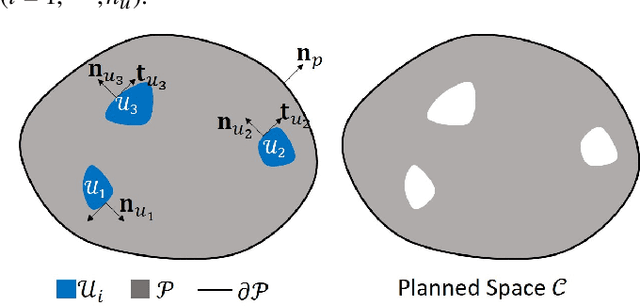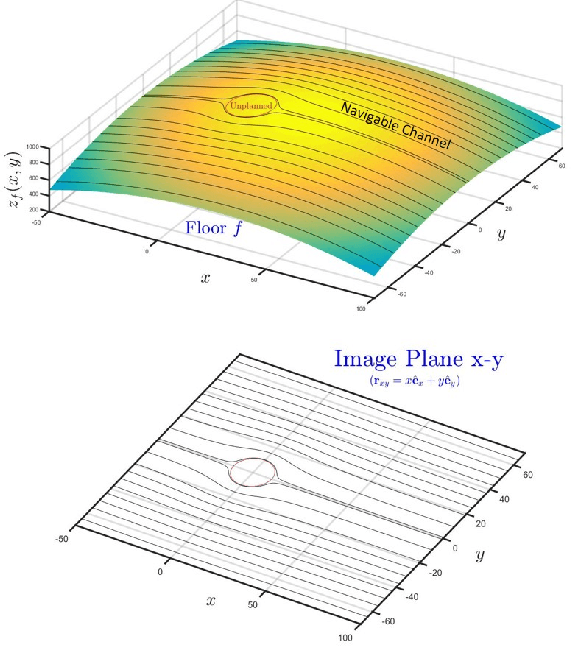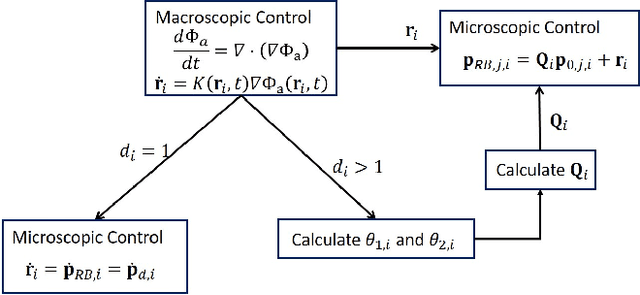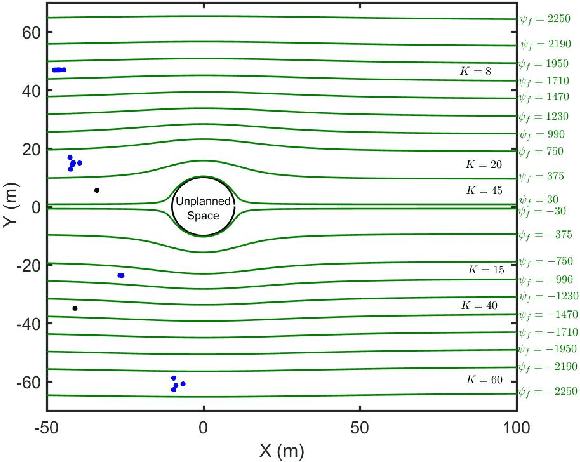Physics-Based Freely Scalable Continuum Deformation for UAS Traffic Coordination
Paper and Code
Mar 23, 2019



This paper develops a novel physics-inspired traffic coordination approach and applies it to Unmanned Aircraft System (UAS) traffic management. We extend available physics-inspired approaches previously applied to 1-D traffic flow on highways and urban streets to support models of traffic coordination in higher dimension airspace for cases where no predefined paths exist. The paper considers airspace as a finite control volume while UAS coordination, treated as continuum deformation, is controlled at the airspace boundaries. By partitioning airspace into planned and unplanned spaces, the paper models nominal coordination in the planned airspace as the solution of a partial differential equation with spatiotemporal parameters. This paper also improves resilience to vehicle failures with a resilient boundary control algorithm to update the geometry of the planned space when UAS problems threaten safe coordination in existing navigable airspace channels. To support UAS coordination at the microscopic level, we propose clustering vehicles based on vehicle performance limits. UAS clusters, with each UAS treated as a particle of a virtual rigid body, use leader-follower containment to acquire the macroscopic desired trajectory.
 Add to Chrome
Add to Chrome Add to Firefox
Add to Firefox Add to Edge
Add to Edge